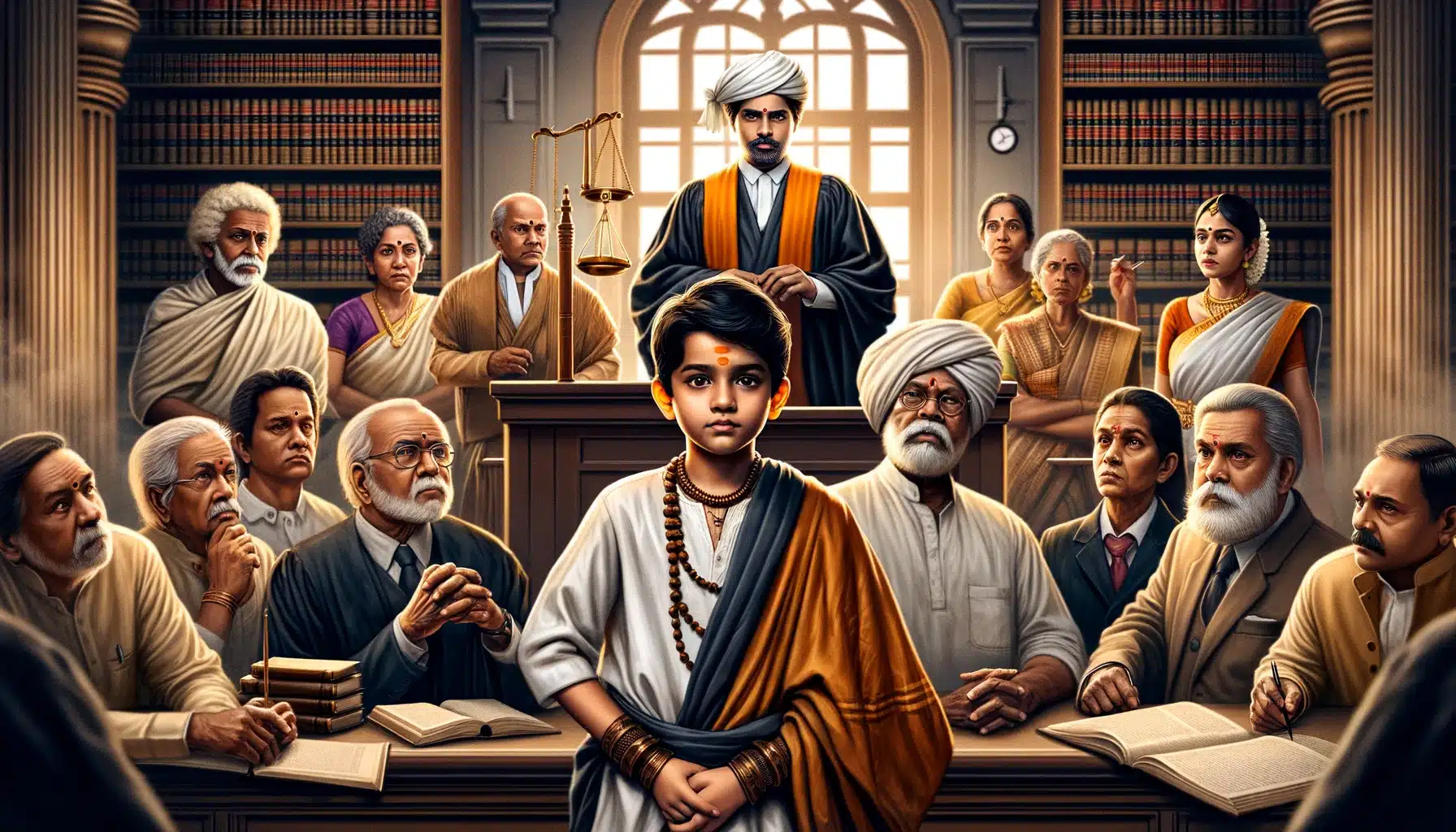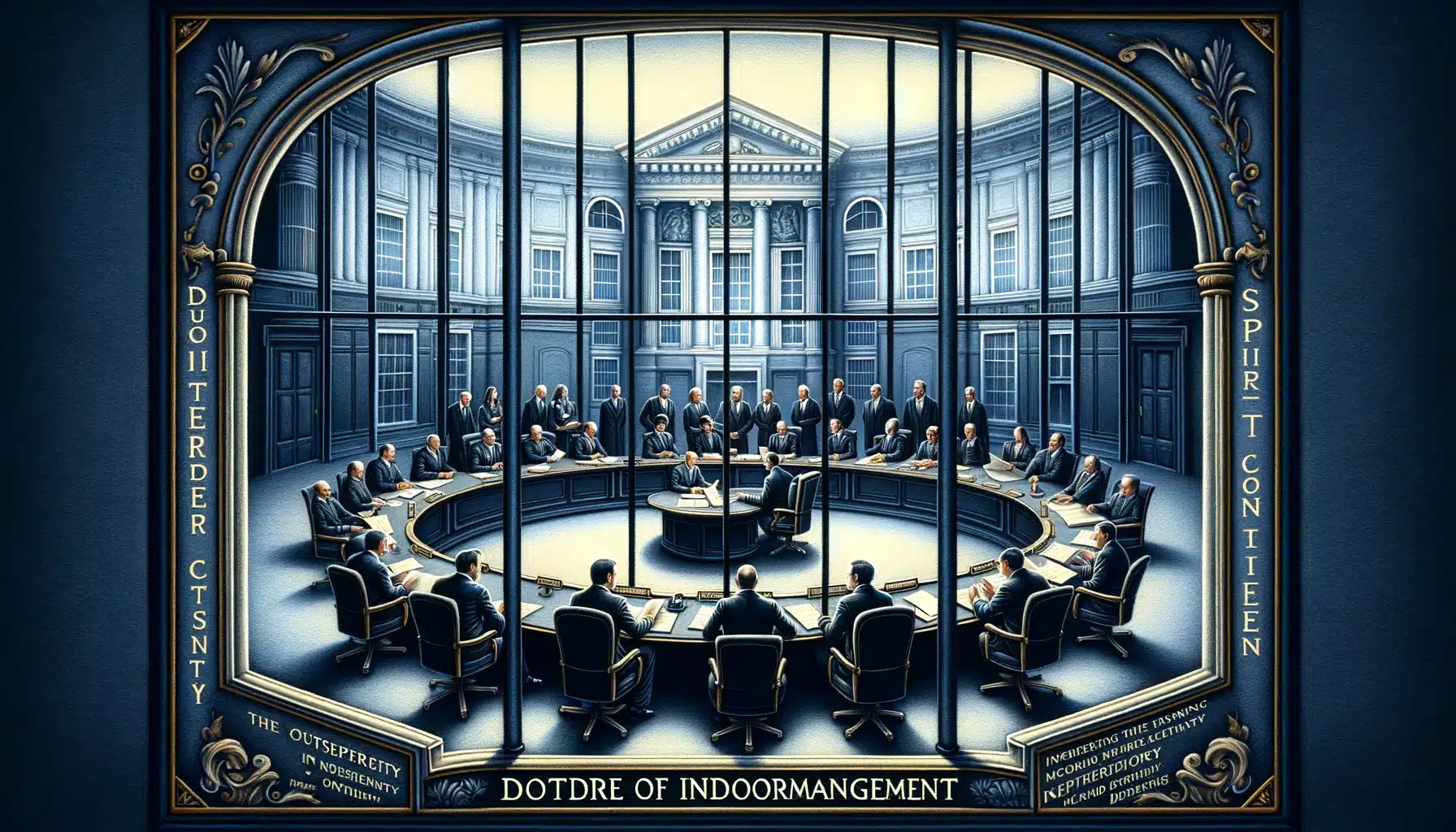Aug 25, 2020 15:22 UTC
| Updated:
Aug 25, 2020 at 15:22 UTC
CONTEMPT OF COURT
WHAT IS CONTEMPT OF COURT IN INDIA
Contempt of court is the offense of being disobedient or disrespectful towards the court, its officers, or the proceedings of a court of law. Contempt of court is any behavior or wrongdoing that conflicts with or challenges the authority, integrity, & superiority of the court. These acts might comprise failure to obey with requests, witness tampering, withholding evidence, interruption of proceedings, or defying a court order. These wrongful acts may be committed by attorneys, officers of the court, court personnel, jurors, witnesses, protestors, or any party involved in a court proceeding.
Halsbury defines contempt as entailing of words spoken or written, which obstruct or tend to obstruct the administration of Justice. Black Odgers articulates that it is contempt of court to publish words which tend to bring the administration of Justice into contempt, to prejudice the fair trial of any cause or matter which is the subject of Civil or Criminal proceeding or in any way to obstruct the cause of Justice.
In the case of India, under Section-2(a) of the Contempt of Courts Act of 1971 defines contempt of court as civil contempt or criminal contempt, it is commonly felt that the existing law relating to contempt of courts is somewhat uncertain, undefined & unsatisfactory. [1]The jurisdiction to penalize for contempt touches upon 2-important fundamental rights of the citizens, namely, the right to personal liberty & the right to freedom of expression. It was, consequently, considered advisable to have the entire law on the subject scrutinized by a special committee.[2]
The expression’ contempt of court’ has not been defined by the Constitution.
As per the Contempt of Courts Act 1971, contempt refers to the offense of showing disrespect to the dignity or authority of a court.
STEP TOWARDS CONTEMPT LAW
In the undertaking of this, a committee was set-up in the year 1961 under the chairmanship of the late H.N. Sanyal, the then additional solicitor general. The committee made a complete examination of the law & problems relating to contempt of court in the light of the position obtaining in our own country & various foreign countries. The commendations, which the committee made, took note of the importance given to freedom of speech in the Constitution & of the need for safeguarding the status & dignity of courts & interests of the administration of Justice.
The government has commonly accepted the recommendations of the committee after seeing the view expressed on those recommendations by the state governments, union territory administrations, the Supreme Court, the high courts & the judicial commissioners.
LEGISLATIONS RELATED TO CONTEMPT OF COURT
For the notion of Contempt of Court, the Contempt of Court Act, 1971, was passed, which dealt with such a concept. Article 129 & 215 of the Constitution of India empowers the S.C. & H.C. respectively to penalize people for their contempt.[3] Section-10 of The Contempt of Courts Act of 1971 defines the power of the H.C. to punish contempts of its subordinate courts. [4]Power to punish for contempt of court under Articles-129 & Articles-215 is not subject to Article-19(1)(a).
WHAT ARE REASONS BEHIND A CONTEMPT
The essentials commonly required for contempt are:
- The making of a valid court order,
- Knowledge of the order by the respondent,
- The ability of the respondent to render compliance,
- Willful disobedience of the order.
TYPES OF CONTEMPT OF COURTS IN INDIA
Nevertheless, in India, contempt of court is of 2-types:
1. Civil Contempt
Under Section-2(b) of the Contempt of Courts Act of 1971, civil contempt has been defined as willful disobedience to any judgment, decree, direction, order, writ, or another process of a court or wilful breach of an undertaking given to a court.[5]
2. Criminal Contempt
Section-2(c) of the Contempt of Courts Act of 1971, criminal contempt demarcates the publication (whether by words, spoken or written, or by signs, or by visible representation, or otherwise) of any matter or the doing of any other act whatever which:
(i) Scandalises or tends to scandalize, or lowers or tends to lower the authority of, any court, or
(ii) Prejudices, or interferes or tends to interfere with the due course of any judicial proceeding, or
(iii) Interferes or tends to interfere with, or obstructs or tends to obstruct, the administration of Justice in any other manner.
(a) ‘High Court’ means the H.C. for a state or a union territory & includes the court of the judicial commissioner in any union territory.[6]
Object:
There can be no uncertainty that the purpose of contempt jurisdiction is to uphold the majesty & dignity of law courts & their image in the observances of the public is no way carved down. If by contumacious words or writings, the common man is led to drop his esteem for the judge acting in the discharge of his judicial duties, then the confidence reclined in the courts is rudely shaken & the offender needs to be punished. In the spirit of the law of contempt is the protector of the seat of Justice further than the person sitting in the judge sitting in that seat.
Third-Party:
A third party to the happening may be mortified of contempt of court if they have a part to play in the offense. In LED Builders Pty Ltd v. Eagles Homes Pty Ltd[7] Lindgren J stated:
“It is not necessary to show that a person who has aided & abetted a contempt of court was served with the order breached. It is necessary to show only that the person sought to be made liable knew of the order.“
Limitation Period:
The Limitation period for contempt has conversed under Section-20 of the Contempt of Courts Act of 1971 & is a period of one year from the date on which the contempt is alleged to have been committed.
CONCLUSION
An instance of contempt of court is not stricto sensu a cause or a matter between parties inter-se. It is a matter between the court & the contemnor. It is non, strictly speaking, tried as an adversorial litigation. The party, which fetches the contumacious conduct of the contemnor to the notice of the court, whether a private person or the subordinate court, is only an informant & does not have the status of a litigant in the contempt of court case. (Supreme Court Bar Association v. Union of India, Jaipur Municipal Corporation v. C.L. Mishra ). Section-10 of the Contempt of Courts Act makes the powers of the High Court, to punish for contempt of a subordinate court, coextensive & congruent with its power to punish for contempt of itself not only concerning the quantum or prerequisites for punishment but also in the matter of procedure & practice. If the H.C. is prima facie satisfied that the information received by it regarding the commission of contempt of a subordinate court is not frivolous, & the contempt alleged is not merely technical or trivial, it may, in its discretion, act suo motu & instigate the proceedings against the contemnor. Nevertheless, this mode of taking suo motu cognizance of contempt of a subordinate court should be resorted to sparingly where the contempt concerned is severe & grave in nature.
[1] Contempt of Courts Act, 1971.
[2] Ibid.
[3] The Constitution of India.
[4] Contempt of Courts Act, 1971.
[5] Contempt of Courts Act, 1971.
[6] Ibid.
[7] LED Builders Pty Ltd v Eagles Homes Pty Ltd ([1999] FCA 1213)






































